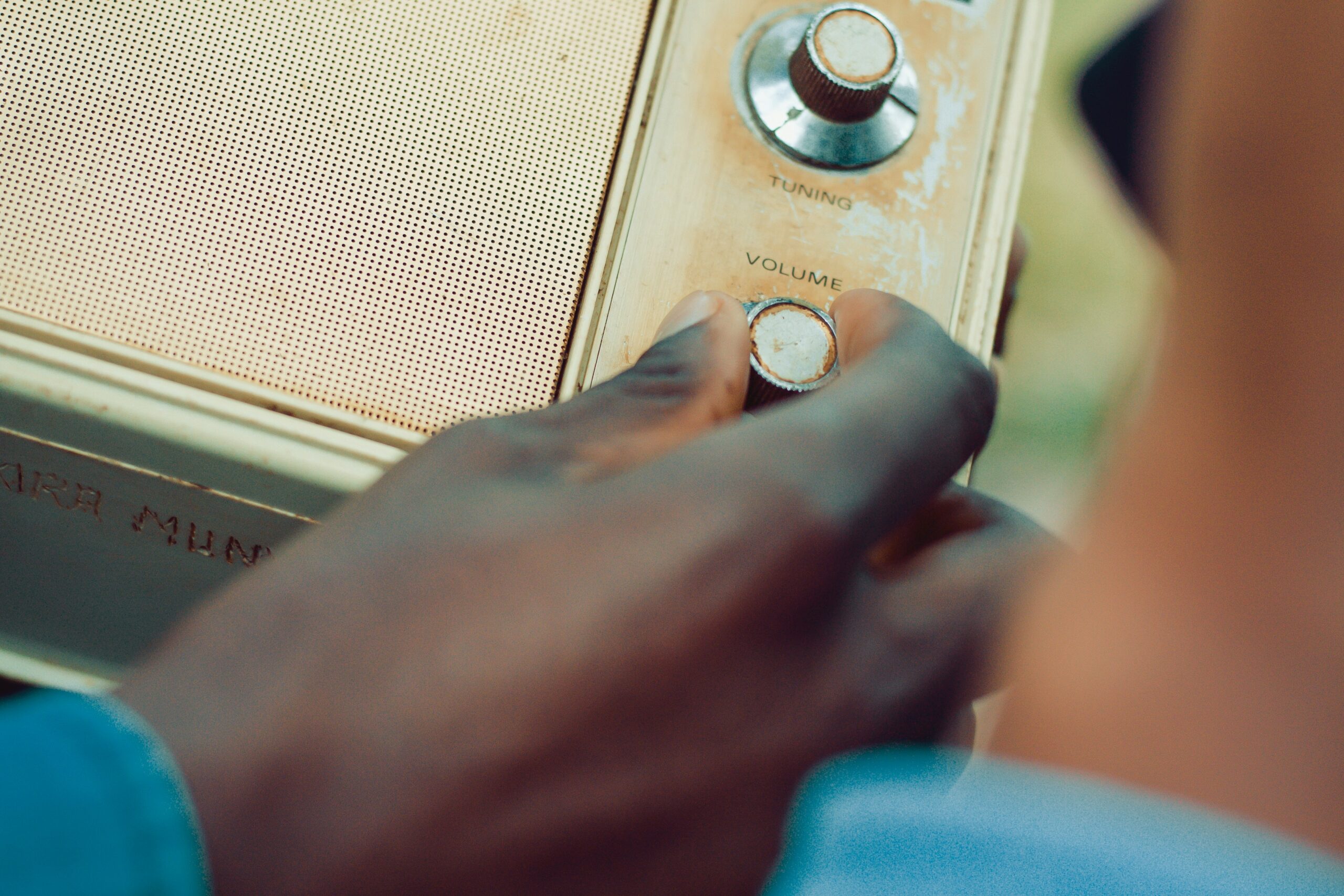
Radio in Times of Crisis
Many radio stations this week will present a moment of silence to remember those who were lost on 9-11-01. The September 11 attacks caused the deaths of 2,996 people, including 2,977 victims and 19 hijackers who committed murder–suicide. Thousands more were injured, and long-term health effects have arisen as a consequence of the attacks.
The moments when the world changed; 8:46am – American Airlines #11 crashes into the North Tower. 9:03am – United #175 crashes into the South Tower. 9:45am – American Airlines #77 crashes into The Pentagon. 10:10am – United #93 crashes in a field in Pennsylvania.
Many of us experienced the shock of the news that morning, the fear in all of North America, and the focus on personal and family safety while we witnessed the unity of a nation. All of media went into crisis coverage mode. We delivered the news, interrupted and altered programming, worked around the clock, and made personal sacrifices to inform and serve a community. Music stations simulcasted their news/talk sister stations, joined news networks for coverage, or carried audio from television stations that were presenting wall-to-wall coverage. These are tactics worthy of repeating in any crisis.
Crises are seldom telegraphed. They often catch an unsuspecting world off-guard. Earthquakes, forest fires, and floods are unpredictable and can be sudden. The same goes for an act of war, like on 9-11. Weather events are the only ones that give some kind of warning, but that doesn’t mean they’re any less surprising when they occur. The recent fire in Lahaina on the island of Maui magnified the need for the use of an early warning system. It wasn’t activated there. When Hurricane Idalia hit Florida in August, it did significant damage with minimal loss of life mainly because the warning system was utilized, evacuation activated, and ongoing coverage kept those in the hurricane’s path informed.
It’s not unusual for a station’s on-air talent to stay behind in order to serve a community with ongoing coverage, even though today’s technology can allow for a full evacuation by enabling remote broadcasting. Of course, this isn’t always an option for the technical and engineering team. Historically, over-the-air stays on-air longer than digital, but simulcasting on both as long as possible is the best way to provide coverage. It is important to promote, in advance, the various locations where a station can be heard and on what devices – including a battery-operated radio.
Do you have a news partner that you can join forces with to deepen your coverage? A semi-annual preparedness meeting with that partner will provide a sense of security and comfort among both teams regarding knowing what to do when situations occur that warrant crisis coverage. Be sure to inform and engage part-time talent, too. Everyone on your team should know what to do and how to do it in the face of a possible disaster. During such situations, the sales department may also activate to approach those businesses that can provide comfort and convenience during a crisis or disaster.
Being prepared for the next crisis should be standard operating procedure. Every radio station should have a First Aid Kit on hand. Multiple flashlights and extra batteries. A supply of water. At least two days of non-perishable food supply. Moist towelettes, garbage bags, and plastic ties for personal sanitation in case water pressure is lost. A wrench or pliers to turn off utilities. A manual can opener for food. A charged cell phone and a backup charged cell phone. There should be a contact list in your studio. Something “old school” on paper. If the power is out or digital is down many of the devices we use for communication will be inactive.
Crises are unplanned. Planning for them is how we best serve our communities.
First published by RadioInk. Read original here
Discussion
No comments on this post yet, start a discussion below!